Getting through a new range of Hyundais is pretty exhausting because there are just so many to choose from. Even the top-of-the-range Highlander comes in two flavours of fuel and is absolutely loaded with gear. I've already driven the diesel and was very keen to see what a week in the petrol would be like doing pretty much the same things. My chief concern was the fuel economy or, more importantly, the lack thereof.
The Santa Fe's face has already gone under the knife since its 2018 debut and while the surgeons fiddled about with its looks, the engineers crammed in more features and technology in a Six Million Dollar Man kind of deal.
The Santa Fe range finishes with the Highlander in diesel all-wheel drive ($65,200) or petrol V6, which is a sizeable 3500 fewer dollars at $61,700. Bolted onto the car at the factory are 20-inch alloy wheels, a big 10.25-inch touchscreen, 12.3-inch digital dashboard, sat nav, powered front seats (which are also heated and cooled), wireless phone charger, front and rear parking sensors, heaps of safety gear (some new, some exclusive to the Highlander), active cruise control, a huge sunroof, auto LED headlights, auto wipers and a full-size spare.
Hyundai Santa FE 2021: Highlander MPI (2WD)
| Engine Type | V6, 3.5L |
|---|---|
| Fuel Type | Unleaded Petrol |
| Fuel Efficiency | 10.5L/100km (combined) |
| Seating | 7 |
| Price From | $48,070 - $55,220 |
| Safety Rating |
|
What does it look like?
The 2021 update isn't immediately obvious. I related this story to my modest Twitter following. I went out one morning for a drive in my own car to check something number one son thought was happening. I passed the car on the driveway and noticed the Santa Fe - parked on the street - had a big scrape on the left-hand side of the bumper, as though one of us had misjudged a concrete bollard.
Cursing myself as I lapped the suburb I came back and realised that, actually, that was next door's blue 2018 Santa Fe, not the chocolatey goodness of the 2021 Santa Fe on my driveway. I even laid hands on the blue one as I rubbed the scrape hoping it was chalk, as though I'd driven along the beach in Dover.
.jpg)
Anyway, everyone laughed at me, which is a good result on Twitter.
The point is that it's not immediately obvious what's happened in terms of changes, but it's quite a bit. There's a new grille, T-shaped daytime running lights and a general tightening has freshened things up, while ditching the unconvincing nature of the old grille. Out back, there's a Porsche-alike full-width reflector strip and the new 20-inch wheels are quite arresting to look at.
.jpg)
Inside, the Highlander scores the Palisade's flying console, the big new screen and a host of tweaks also make the Santa Fe's interior a lot more technical and, given it's the Highlander, separate it from the rest of the 2021 pack with a different look, helping (one imagines) the case for the more expensive variant.
How does it drive?
The V6 is lighter, petrol-ier and has two fewer driven wheels than the diesel I drove last month. It also has a different gearbox to the diesel, sporting a "normal" eight-speed automatic transmission rather than the excellent new eight-speed twin-clutch of the diesel. The first thing you notice about the beefy 3.5-litre V6 is that it's quieter and delivers the power in a much smoother manner than the diesel. That's what you get with a naturally aspirated big-banger.
What you also get is more power - 59kW more, for a total of 206kW - but a lot less torque or twisting power, down by 104Nm. The weight saving of the petrol engine (despite its much larger displacement) is only 90kg, so the torque deficit is evident, if not much of a problem. You'll only really notice the petrol Santa Fe being out-gunned by a diesel when you're fully loaded and/or towing something.
.jpg)
The other obvious difference really only turns up when it's wet - the power of the V6 tends to overcome the front tyres, even with just a bit of power down, so you look (and sound) like a bit of a hoon. That isn't restricted to the Santa Fe - a front-wheel-drive Mazda CX-9 does the same thing.
For 2021 the Santa Fe has a softer suspension tune than the one it replaces. I really liked the way the older car drove and probably prefer it, personally, but I can see why people might like this global tune - it's skewed more towards ride than handling (without sacrificing the latter) and is a bit more comfortable.
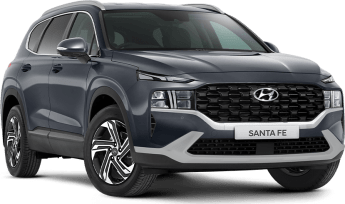
How spacious is it?
The fourth generation Santa Fes all have seven seats as standard now. The third row still isn't exactly a suite at the Ritz, it's more of a capsule hotel adjacent to a Japanese train station, and even then, you'll want to be under 150cm tall. If you want more space back there, you might want to look at the Santa Fe's even bigger sibling, the Palisade.
.jpg)
Even with all seats in place, you start with 130 litres of cargo space. Fold those seats away and you get 571 litres, 24 more than the pre-facelift car.
The Santa Fe's six cupholders are paired up in each row and in the Highlander you get an extra sling space under the centre console, in addition to the door bins, which also hold bottles.
How easy is it to use every day?
I speak to a lot of people about seven-seat SUVs for reasons that largely escape me (when I say I speak to them, what I mean is "try and talk them out of it if they don't need it") and one of the big issues that comes up is parking.
.jpg)
Big SUVs are around five metres long and they're pretty wide. Car parks are a nightmare for some people driving these things. The Highlander (again, like its Kia sibling) has this extremely clever system of backing or nosing the car out of a tight spot with the remote. Once activated, you hold the backwards or forwards button on the remote and it will extract itself without hitting anything or anyone and, dead set, the looks of awe on unsuspecting people's faces are brilliant.
The big rear doors make loading and unloading people from the back seats really easy, and the access to the third row is okay for kids.
.jpg)
The cabin is very thoughtfully designed and, as is Hyundai's new-found habit, it has a different dash and console design to the lower spec models. There's been a bit of a button explosion in here and they're all the same (somebody at Hyundai design HQ owns a Porsche, I think) but they're big and well-labelled, so they should be easy to get the hang of.
How safe is it?
The 2021 Santa Fe scored a few safety upgrades, which are always welcome. You get six airbags, ABS, stability and traction controls, forward AEB (10-65km/h for pedestrians and cyclists, 75km/h for cars), turn assist (tries to stop you crashing into oncoming traffic in a right-turn situation), rear cross traffic alert, rear AEB, lane keep assist and blind spot monitoring.
The digital dash includes Hyundai's Blind Spot Monitor, which projects a view into the dashboard from a camera pointed down the side of the car. A camera on either side activates according to the indicator direction. It's like Honda's LaneWatch, but on both sides and without blinding you at night. It's very handy.
You also get two ISOFIX points and three top-tether mounts in the middle row.
The Santa Fe's curtain airbags do not properly reach all the way to the third row, meaning those back there are at a slightly higher risk in a side impact, a failing the Santa Fe shares with the Sorento.
This version of the Santa Fe has not been tested, so the five star ANCAP rating carries over from 2018.
What’s the tech like?
Hyundais are loaded from the bottom-of-the-range up and that can sometimes be intimidating. I was speaking to a friend recently who bought a new one and she said it was taking here a while to learn everything. And while that's true, once you work it all out, it's very straightforward and everything seems to operate as intended.
The digital dashboard is paired with an excellent head-up display in the Highlander, which does beg the question why, until you remember the blind-spot projection feature in the dashboard. The dash itself is a bit naff looking, but I've seen worse.
.jpg)
The media and sat nav systems are really simple to use and it's all as well-designed as any Android phone I've used, which probably suggests it might be Android underneath. It's very pretty to look at, easy to use and is full of clever things, like the ability to talk to the rear passengers through the speakers, while they can return fire through microphones back there.
.jpg)
How much does it cost to own?
No matter which Santa Fe V6 you buy, servicing comes in at $399 per service for the first five services and you need to go back to the dealer every 12 months/15,000km. That's not bad (and Hyundai has lifetime capped-price servicing) but it's more expensive than the admittedly much barer Toyota Kluger. The Mazda CX-9 I had the week before can only cover 10,000km between services and costs an average $100 more per visit.
The kicker on the V6 petrol is the fuel use. While the price gap between the petrol and diesel widens when you take into account servicing, the petrol uses a lot more fuel to cover the same amount of ground. I had the Santa Fe for a wet week and in a committed combined cycle approach (half city, half highway), I couldn't do better than an indicated 11.7L/100km. A similar week in the diesel delivered 7.8L/100km. The petrol's official figure is 10.5L/100km, so at least Hyundai continues to deliver reasonably accurate official testing.
On my figures, the range from the 67 litre tank will be about 570km between fills.
Verdict
Even with a $3500 gap, the diesel will probably cost more to own over a few years. The petrol is quieter and, as far as a city-bound family car goes - with the requisite long trips on the highway - it's a compelling proposition. It also offers you the cleaner-burning fuel option if you can't deal with diesel.
The petrol has a lot more going for it than I thought it might - the power is certainly very welcome, and its wet performance was superb, so much so I'd question the need for all-wheel drive if you never plan on anything heavier duty than the Pacific Highway.
Pricing Guides



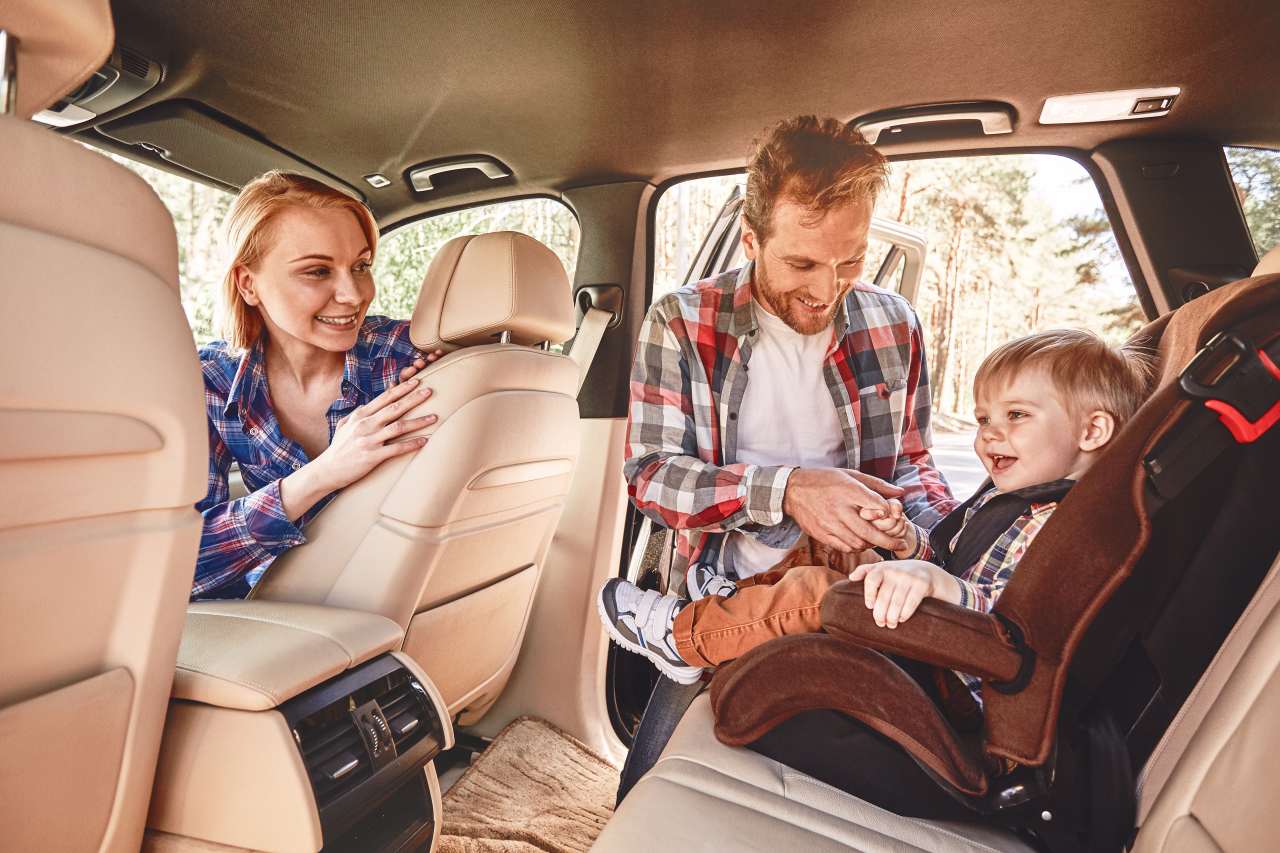
.jpg)

.jpg)
.jpg)
.jpg)
.jpg)
.jpg)
.jpg)
.jpg)

.jpg)






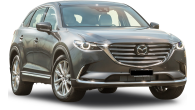




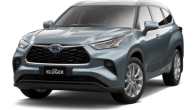





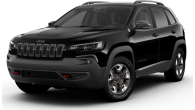





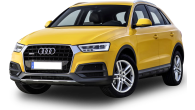




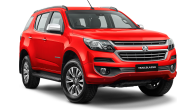






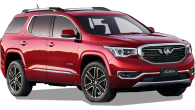
.png)

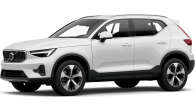


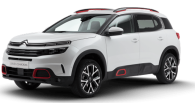



.png)



.jpg)



.jpg)
.jpg)
.jpg)


.jpg)
.jpg)

Comments